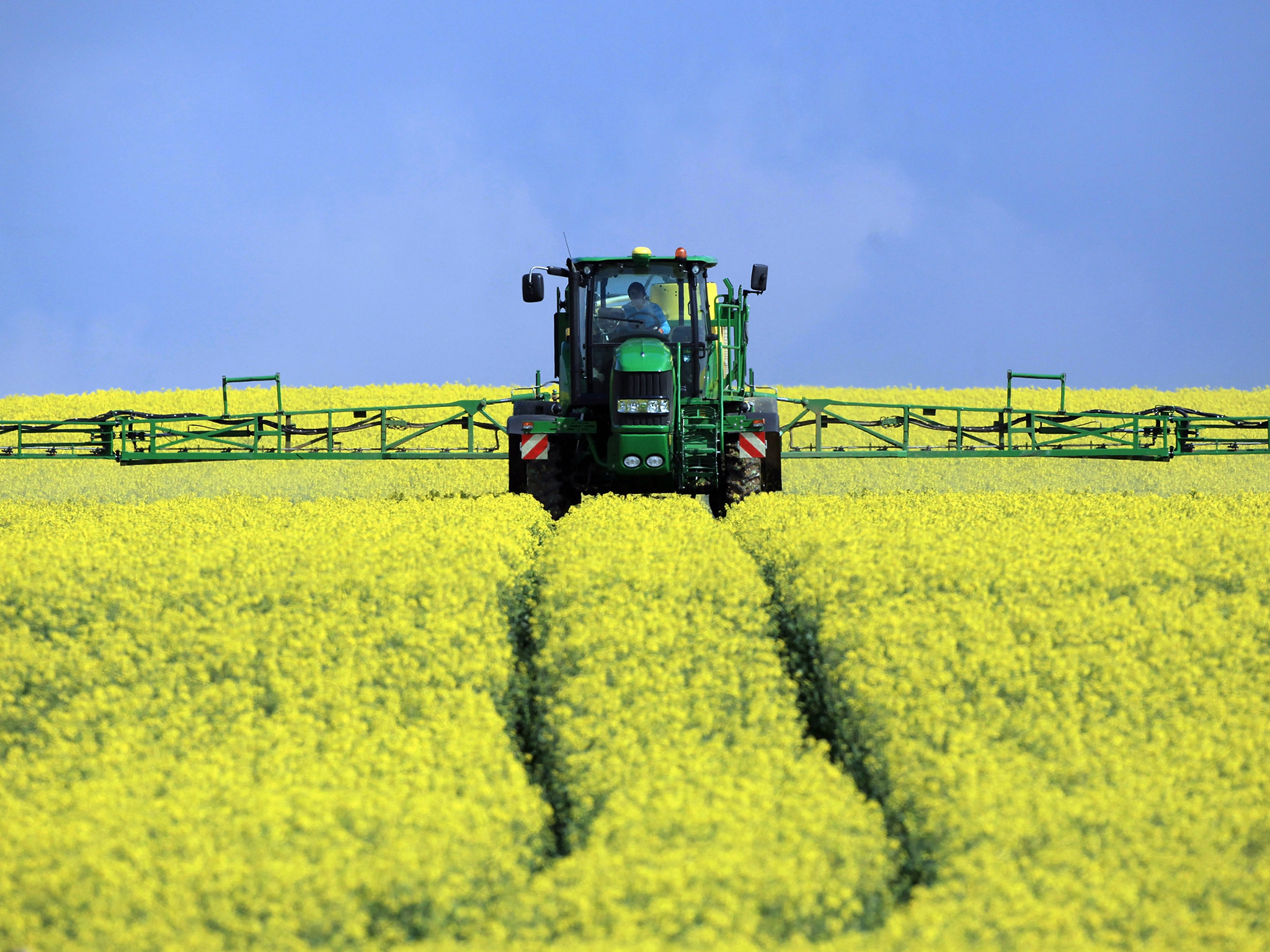
A new survey has been released identifying the extent of oilseed rape losses this autumn.
The AICC (Association of Independent Crop Consultants) has conducted a survey amongst their members to ascertain the extent of damage to OSR crops this autumn.
They say establishing oilseed rape crops this autumn has been challenging; particularly in eastern counties where dry conditions have hampered germination and early growth and attack from flea beetle.
Agronomists were asked to record the percentage of the crop under their control that had been written off as a result of dry conditions or flea beetle attack.
Over 70 AICC agronomists based in the eastern counties stretching from Northumberland to Kent, representing over 77,000 ha’s of OSR responded to the survey.
Dry weather takes its toll

The survey identified a particular problem in five key counties where crop loss due to dry conditions represented over 10% of the cropped area.
Hertfordshire and Essex were particularly badly hit with losses averaging 45%. Bedfordshire recorded 26% loss, Northants 19% and Suffolk 11%. Cambridgeshire, Kent and West Sussex all recorded 10% losses.
The most severe losses were recorded from the counties in the south and east, namely Northants, Beds, Essex, Cambridgeshire, Suffolk, Herts and Kent where 9% of the crop in total has been written off due to lack of moisture.
Flea beetle damage was less severe but no less important in Hertfordshire (33%) and Bedfordshire (29%).
In Essex 16% of the crop has been written off due to flea beetle damage. Cambridgeshire and Northants recorded 12% lost and in Hampshire and Oxfordshire losses were recorded at around 10%.
Overall the most flea beetle damage occurred in the counties of Hertfordshire and Bedfordshire, where 7% of the OSR crop has been written off as a result of the pest.
40,000ha’s of OSR crops lost
Overall, it is estimated that as many as 40,000ha’s of OSR crops this autumn have been lost as a result of poor germination and crop establishment due to dry seedbeds and a further 30,000 ha’s lost due to flea beetle damage.
Andrew Blazey of Prime Agriculture LLP that covers the whole of East Anglia, notes that choosing a replacement crop for failed OSR is not easy.
“It has been a tricky balancing act weighing up the need to maintain first wheats in the rotation, the combine capacity for the next harvest, how regularly pulses have been grown in the past, the soil type of the farm and the need to maximise profitability.
“The result being that no one crop has suited all situations, and must be looked at on an individual field and farm basis.”
